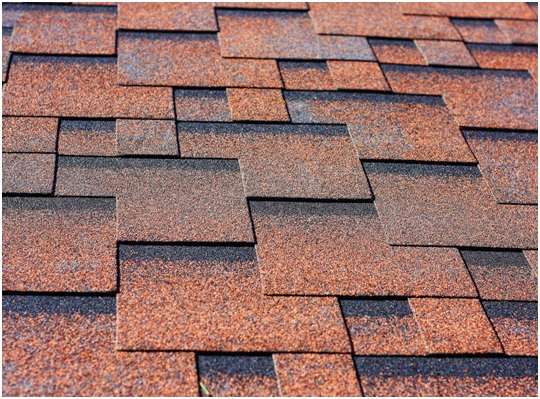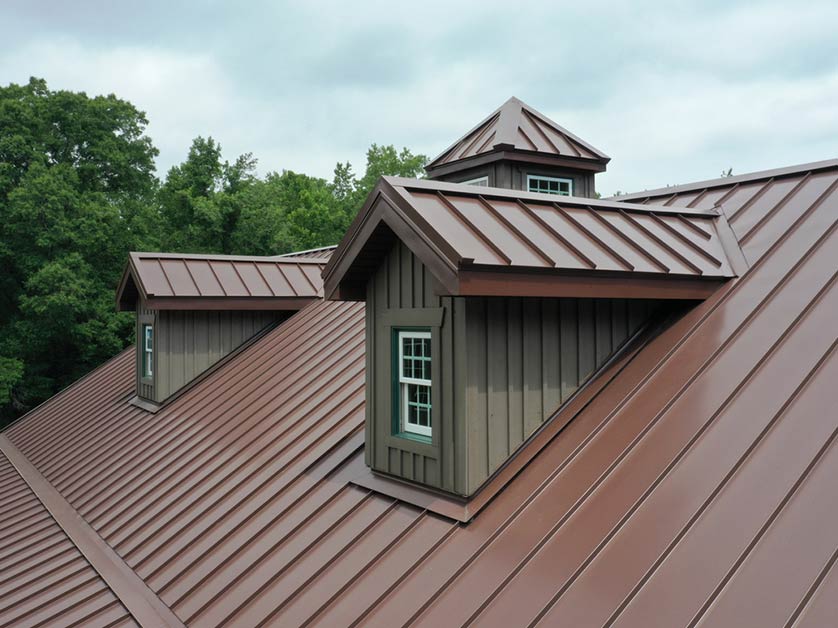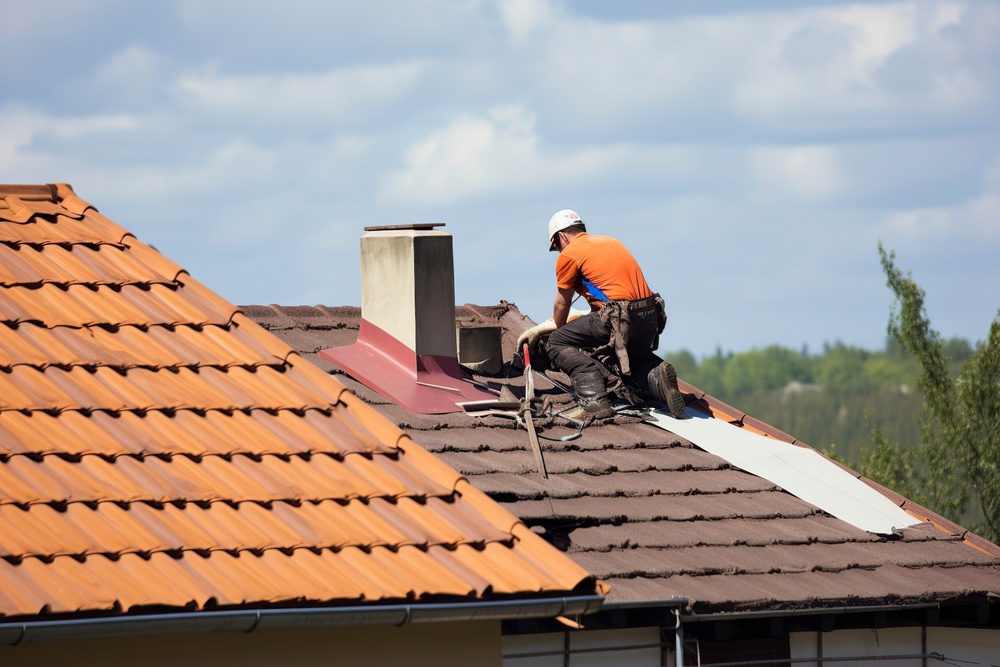When you look at residential roofs including your own, they mostly appear the same. Giving it more attention and thought may actually be the last thing to come to mind, but when you do, you will realize that you are taking a crucial step to taking better care not only of your roof, but your entire home as well.
The roof is a system and for the uninformed homeowner, it can seem like a very complex one. However, your roof is worth understanding and learning more about. Now, let us take a closer look into an aspect that is probably new to your vocabulary: roof underlayment.
Roof Underlayment Defined
From the term itself, you can assume that it is something you can find under the roof. This is somewhat true, but there are other things worth considering and looking into.
Underlayment is a sheet of material installed between the roof deck and roof covering or shingles. It is mainly used to separate the roof covering from the roof decking or frame, and is traditionally made of felt and saturated with asphalt, creating a bond with the shingles.
Some underlayment materials are considered as a vital part of complete roofing systems and are specifically required for installation by roofing shingle manufacturers. Such underlayment materials are necessitated for the validation and maintenance of warranty conditions for particular shingle types.
The Importance of Underlayment
Knowing what roof underlayment does can help you understand its importance, especially in certain applications. Some homeowners may think that roofing contractors simply add underlayment as part of the project, but your contractor may actually have specific reasons for selecting and recommending a particular product.
Below are the primary roles of roofing underlayment.
• Provides immediate protection to the open roof during installation – The underlayment helps prevent water from getting through and moisture from resting on the roof deck while the shingles are not yet installed.
• Serves as ice and water barrier – Synthetic underlayment can be used on areas where overhangs meet heated surfaces of the roof deck, preventing ice back up and water ponding as the result of melting snow. This helps avoid the formation of ice dams.
• Helps prevent leaks – The underlayment creates an additional seal around the area where roof nails penetrate. Even though the nail areas may be covered, ice, snow, and rainwater might still be able to find its way underneath the shingles, and the underlayment can provide another effective barrier.
• Enhances roof’s appearance – This is a lesser-known advantage of roof underlayment. Some roof decks may have a wavy appearance and the extra roofing layer between the deck and the shingles can cover up the wavy areas of the deck. This is especially beneficial when using three-tab shingles, which are thinner than architectural or laminated shingles.
In the next post, Part 2, coming soon, we will discuss the different types of roofing underlayment and their unique characteristics and qualities.




